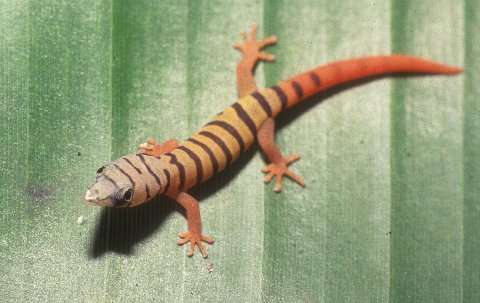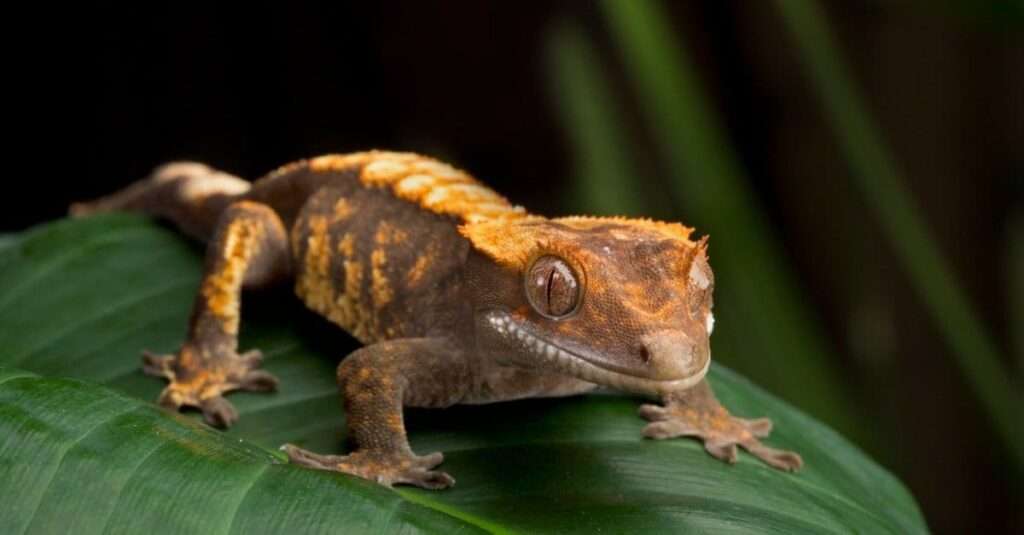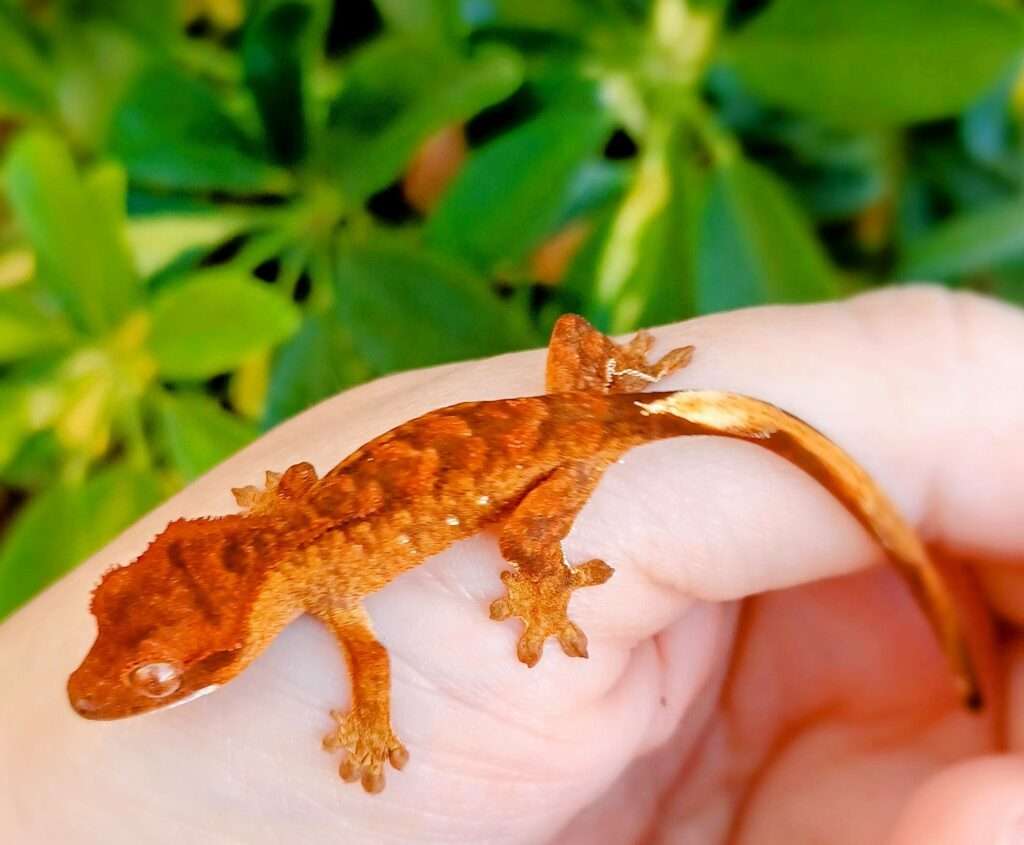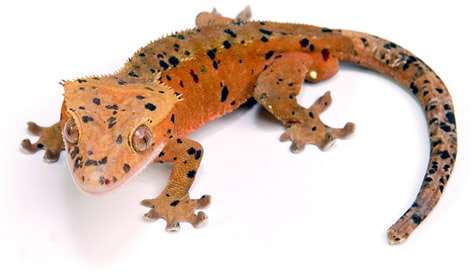
Description:
Scientific name: Sphaerodactylus elegans
Life span: About 10-20 years
It is a little species with numerous white markings on a dark background. Ashy geckos exhibit striking color and patterning as juveniles, with strong black bands running the length of their bodies against a whitish head that transitions into a brilliant yellow body. They have brilliant orange to red tails. Adults have a reddish brown body and significantly varied coloring. Their entire body is covered in intricate patterning made up of beige spots and erratic lines.
Native Region/Habitat
The ashy gecko (Sphaerodactylus elegans) is a species of gecko that is indigenous to the islands of Hispaniola (Haiti, including Gonâve Island and Les Cayemites, and the Dominican Republic), which include Cuba (including Isla de la Juventud) and Cuba.

Behavior:
Ashy geckos live on land and are nocturnal. It is better to keep this species alone or in a single pair. Longer days in the summer or a light brumation phase in the winter will encourage breeding.
Care As a pet/In captivity:
Housing:
A 12x12x12 habitat or an 8x8x12 enclosure may accommodate a pair of mature ashy geckos. Like other micro geckos, they do best when kept alone or in pairs. Because Sphaerodactylus micro geckos have toe pads and can climb smooth surfaces like glass, any accessible escape routes must be blocked off for hatchlings and young geckos.
Digit, Coco Select, and other substrates made of coco fiber perform nicely. Other options include sand-soil combinations. By combining springtails and isopods with BioBedding, a bioactive substrate may be created, giving your geckos more food options and requiring less spot cleaning. Keep the substrate moist at all times.
Temperature: Ashy geckos should be kept at temperatures between 75 and 80 F during the day. If steady temperatures are maintained, no heat source is required. Use a low power heat pad or bulb if a heat source is offered to avoid overheating. Despite being a diurnal species, there is disagreement about whether this species needs UV lighting.
If UV light is employed, a 2.0 or 5.0 bulb should be used, and the cage should include a lot of shaded regions. At night, the temperature shouldn’t drop below 65 degrees.
Humidity: While ashy geckos prefer a humidity level of between 60 and 70% compared to other micro geckos, good ventilation and allowing the enclosure to dry out in between mistings are still essential. To maintain a high humidity level and to provide water droplets on the enclosure walls, leaf litter, and other cage items from which the geckos can drink, this species should be misted everyday or every other day.
Diet: Ashy geckos are insectivores, just like all other micro geckos. We provide all the insects your ashy gecko will need, despite the fact that their small size limits the kind of bugs that may be supplied to them in captivity. For youngsters, a regular diet of pinhead to 1/8-inch crickets works well. Juveniles can also be given Melanogaster fruit flies, springtails, and tiny dwarf white isopods. Adults should eat 1/4-inch crickets as a staple, but you can also give them extra-tiny black soldier fly larvae, dwarf white isopods, hydei and melanogaster fruit flies, and bean beetles. Feeder insects must be gutloaded and supplemented with vitamins and minerals. Although not required, a feeding dish will help keep insects in check.
Table





